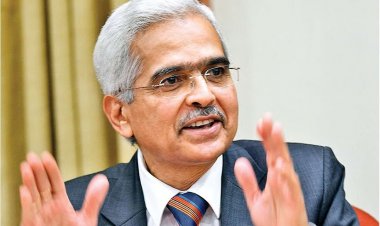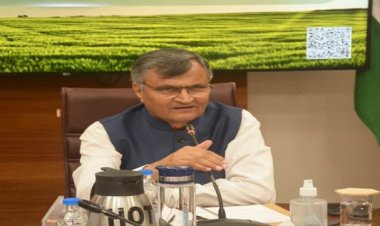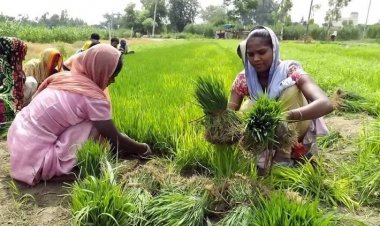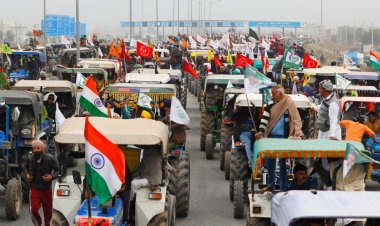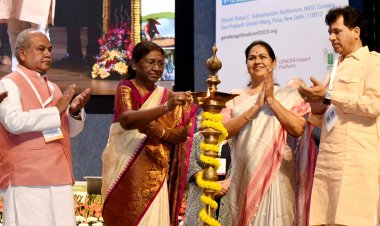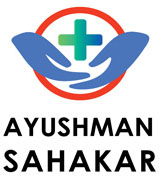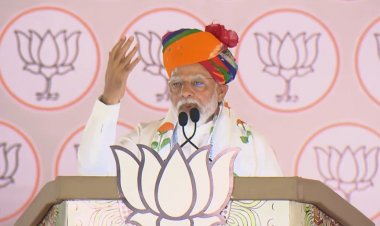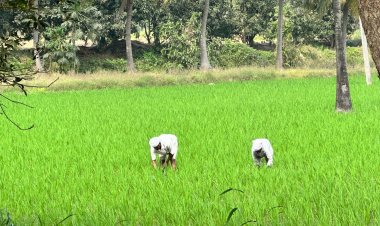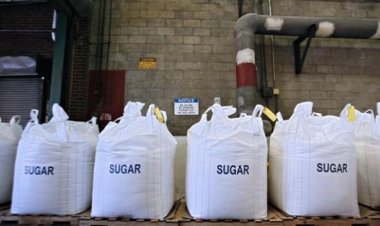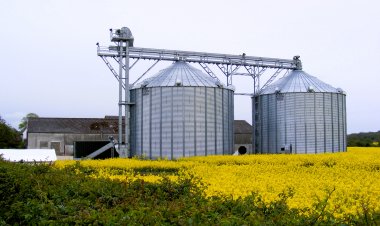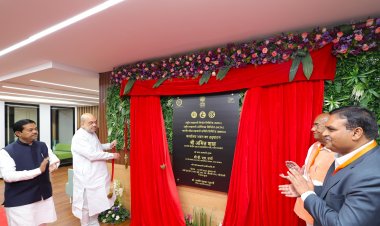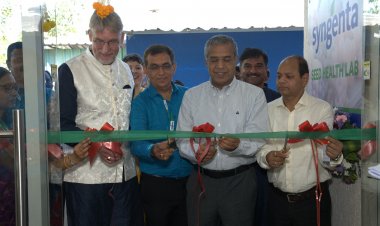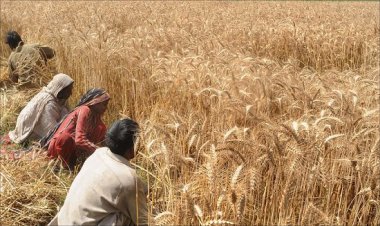Fertilizer companies to lose Rs 3,000cr due to reduction in DAP subsidy
While the Union Government has increased the subsidy rate for N under the NBS scheme in the current Rabi season (2022-23), it has reduced the subsidy rates for P, K and S. Fertilizer companies are estimated to incur a loss of about Rs 3,000 crore rupees due to the reduction in the subsidy rates for P and K. The new subsidy rate will apply even on the DAP imports of the companies carried out before October 2022. The government calculates subsidies at the PoS level. The DAP imports before October had been carried out at rates substantially higher than the current price of $700 per tonne prevailing in the international market. It is on this account that the fertilizer companies stand to lose.
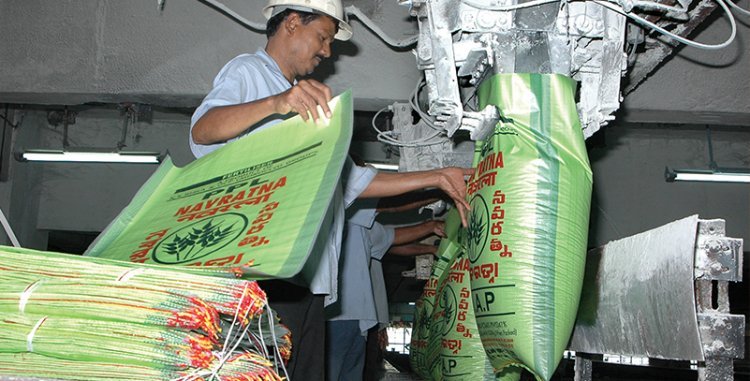
While the Union Government has increased the subsidy rate for Nitrogen (N) under the Nutrient-Based Subsidy (NBS) scheme in the current Rabi season (2022-23), it has reduced the subsidy rates for Phosphorus (P), Potash (K) and Sulphur (S). Fertilizer companies are estimated to incur a loss of about Rs 3,000 crore rupees due to the reduction in the subsidy rates for Phosphorus and Potash. The new subsidy rate will apply even on the Di-Ammonium Phosphate (DAP) imports of the companies carried out before October 2022. The government calculates subsidies at the point-of-sale (PoS) level. The DAP imports before October had been carried out at rates substantially higher than the current price of $700 per tonne prevailing in the international market. It is on this account that the fertilizer companies stand to lose.
According to industry sources, the timely imports by the companies are the reason for the DAP availability being better in the current Rabi season than that last year. It takes about two to three months for the fertilizers to reach the farmers from the time of import contracts. Given this scenario, the DAP contracts made earlier were signed at high prices. Several of the contracts had been signed at prices of $900 per tonne or higher.
The Union Government gave approval to the new NBS rates for decontrolled fertilizers for the current Rabi season (2022-23) on November 2. Under this, subsidy rates have been approved as follows: Rs 98.02 per kg for N, Rs 66.93 per kg for P, Rs 23.65 per kg for K and Rs 6.12 per kg for S. These are used to manufacture various variants of phosphatic and potassic fertilizers like DAP, Muriate of Potash (MOP) and Single Super Phosphate (SSP) that are known as complex or NPK and P&K fertilizers. The new NBS rates will apply for the Rabi season 2022-23 for the period 1 October 2022 to 31 March 2023. Fertilizer subsidies of Rs 51,875 crore have been approved for NBS for the current Rabi season.
The Kharif season NBS rates stood as follows: Rs 91.96 per kg for N, Rs 72.74 per kg for P, Rs 25.31 per kg for K and Rs 6.94 per kg for S. These rates were applicable for the Kharif season 2022 from 1 April 2022 to 30 September 2022.
Industry sources say that the DAP price of $740 per tonne has been made the basis for the subsidy in the current Rabi season. The prevailing price of DAP is about $700 per tonne in the international market. Thus, the current subsidy rate is in tune with the new imports.
The government had given its consent to the companies for DAP imports up to $920 per tonne for the Kharif season due to the high prices in the international market. Hence the DAP subsidy had been increased to Rs 50,013 per tonne. The DAP subsidy has been reduced by about Rs 3,000 per tonne on the basis of the NBS rates for the Rabi season. Industry sources say that huge quantities of DAP had been imported at high prices before October. The new subsidy rates will be applicable on the sale of most of this stock. Fertilizer companies say on this basis that their loss comes to about Rs 3,000 crore.
Industry sources say that the uncertainty caused in this regard leads to companies hesitating in making import decisions. The government is constantly stressing on reducing urea consumption so that the imbalance caused in fertilizer consumption may be minimized. The huge gap between the prices of urea and those of other fertilizers is a major reason behind the unbalanced fertilizer consumption. The consumption of urea has gone up substantially in the last five years. Given this state of things, increasing nitrogen subsidies and decreasing the subsidies on other nutrients goes against the intent of balanced consumption of fertilizers.











